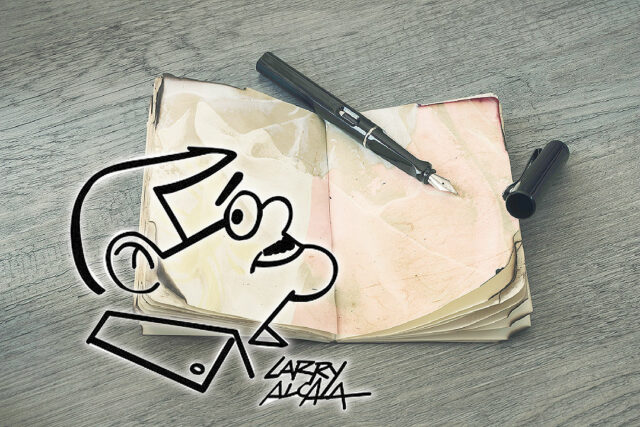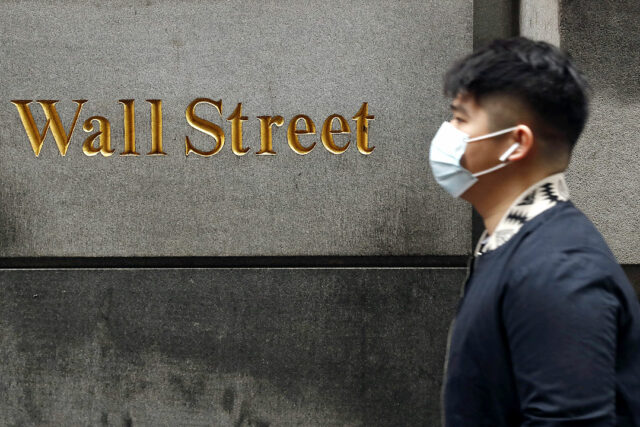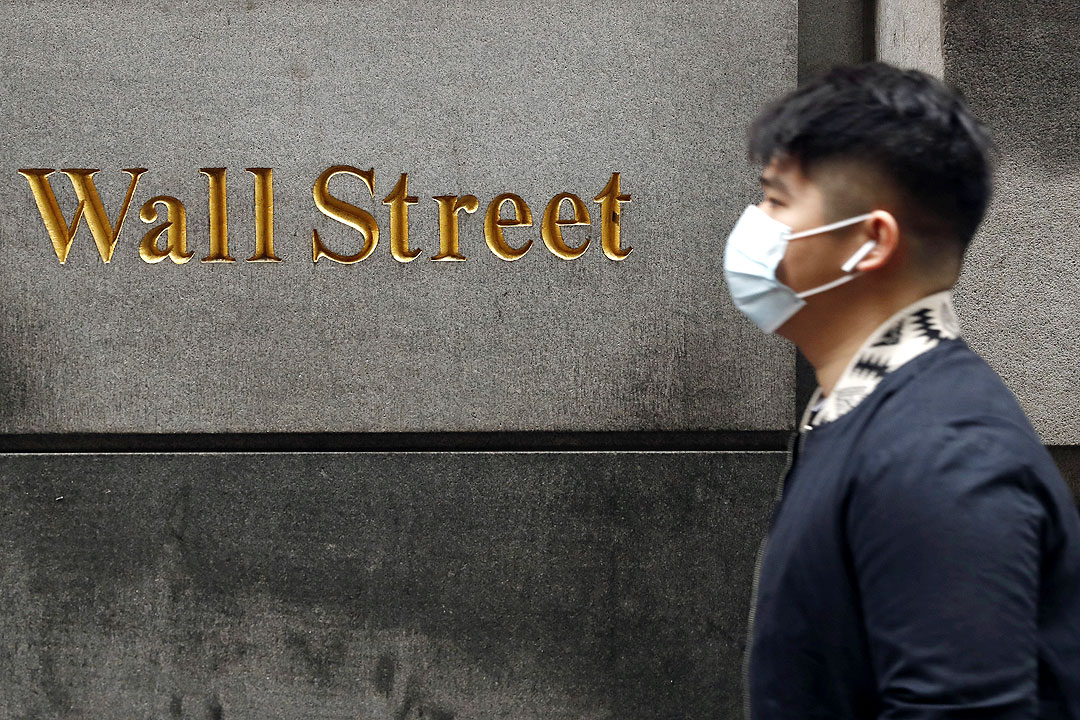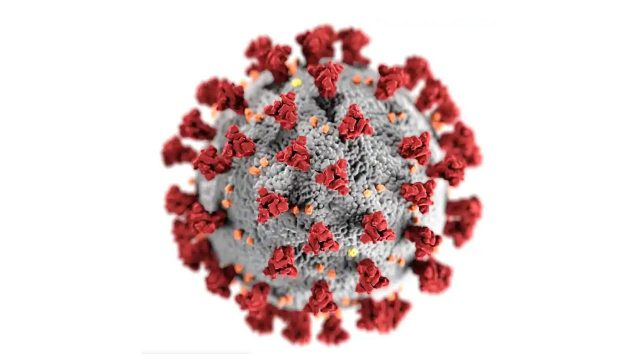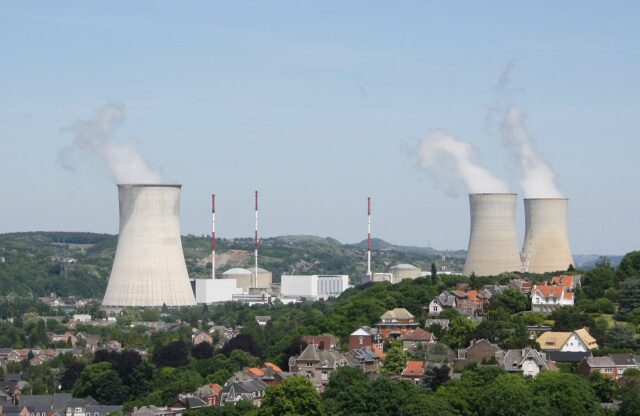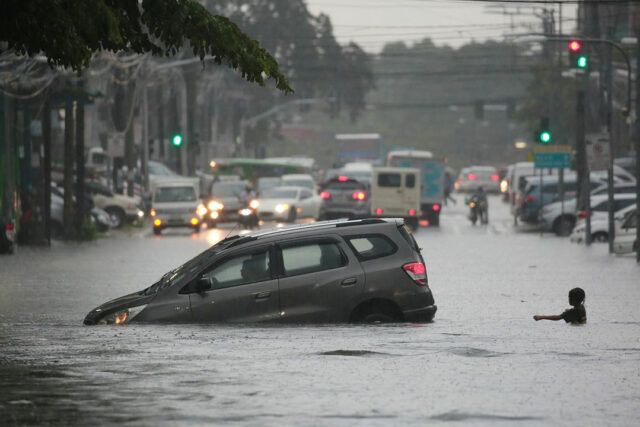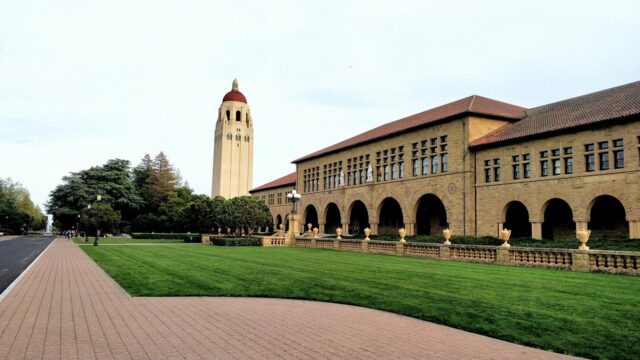HUY, Belgium — After a 20-year political battle, Belgium was set to shut its nuclear plants in 2025 but the war in Ukraine and rising energy prices have forced a U-turn — and reignited debate across Europe over the best route to a secure, low-carbon energy future.
Christophe Collignon, mayor of Huy — whose skyline and history are dominated by the Tihange nuclear plant — said most people in the medieval city in eastern Belgium welcomed the decision to extend the aging reactor’s life until 2035.
“Sometimes you have to be more pragmatic and less ideological,” said Mr. Collignon, who remembers the first plant opening in 1975, adding that everyone in Huy knows someone who works there.
“The question is can we follow the timeline for shutting down? Right now the answer is no,” he said, describing the 2025 deadline as too tight to ensure Belgium’s energy security.
Belgium’s dilemma over how to shift to reliable, green energy sources is being played out across the European Union (EU), as it scrambles to meet a goal of net-zero carbon emissions by 2050 to prevent catastrophic global warming.
Since Russia’s invasion of Ukraine, the 27-nation bloc has also vowed to cut its use of Russian gas — which makes up about 40% of its supply — by two-thirds this year and to end its reliance on Russia “well before 2030.”
Proposals on Wednesday to ban Russian oil imports could further complicate EU energy security as prices are spiking.
The twin goals of cutting back on Russian fossil fuels and reducing emissions are reviving interest in nuclear power across much of Europe.
“It was already hugely ambitious to try and reach net zero goals in an acceptable timeframe and limit global warming. It’s a costly endeavor,” said Richard Bronze, head of geopolitics at Energy Aspects, a London-based research firm.
“But if you need to move away from Russian energy imports on an even shorter timeline, it makes the whole task harder.”
RENEWABLE ENERGY
Belgium’s efforts to wean itself off nuclear power date back to 2003, when it voted to phase out nuclear energy in a political win for the Green party, after coming to power for the first time in a coalition government.
Twelve governments later, the goal still has not been met.
Ironically, it was the Green party’s Tinne Van der Straeten who, as energy minister, announced in March the decision to delay Belgium’s nuclear exit.
“The world had changed,” Green party spokesperson Baptiste Erpicum told the Thomson Reuters Foundation. “Circumstances forced us to change the route but not the destination.”
Almost 40% of Belgium’s electricity comes from nuclear power, the sixth highest rate in the EU, according to the International Atomic Energy Agency.
Belgium has yet to find reliable alternatives, despite major investment in offshore wind farms, and phasing out nuclear power is likely to increase its use of gas, according to the Paris-based International Energy Agency.
Erpicum said the Green party is committed to exiting from nuclear power, particularly in light of the radiation fears raised by Russia’s capture of Europe’s largest nuclear plant, Zaporizhzhia, in March.
“Radioactive waste represents a real danger, without even taking into consideration the risk of a nuclear accident,” he said.
“Investment in nuclear takes funding away from the only really green energies,” he said, adding that the government had set aside 1.2 billion euros towards its goal of making Belgium 100% reliable on renewable energy by 2050.
“It’s an historic sum … and will progressively make us less dependent on fossil fuels, which are often the source of conflict or war.”
NUCLEAR SOLUTION?
Europe is split over nuclear power, with some committed to avoid it following Japan’s 2011 Fukushima nuclear disaster and the Chernobyl reactor explosion in 1986.
Nuclear electricity production has fallen across Europe since 2004, with Lithuania shutting its facilities in 2009, and major declines in Germany, Sweden, and Belgium,EU data shows.
Germany — Europe’s largest economy and a powerful political player — is set to close its last nuclear plants this year.
On the other hand, France, which already gets 70% of its electricity from nuclear energy according to the International Atomic Energy Agency, is ramping up production, along with Romania, Hungary and the Netherlands.
“In terms of climate change matters, nuclear clearly provides a solution,” said Jessica Johnson, spokesperson for Foratom, an association for Europe’s nuclear industry.
“It’s low-carbon and can ramp up and down as needed,” she said, adding that it is more reliable than renewables because it does not need the wind to blow or the sun to shine.
President Emmanuel Macron of France, which generated 52% of the EU’s nuclear power in 2020, said in November that he would build new nuclear reactors to meet global warming targets, ensure energy independence and rein in soaring energy prices.
Meanwhile, new small modular reactors, which are quicker and cheaper to build than traditional nuclear power plants, are attracting interest in Romania, Poland, and Britain.
ATTRACTING INVESTORS
With many EU countries lagging on carbon emissions targets, nuclear is seen as a stopgap measure while investments in renewables ramp up, including improving storage technologies, said Catalina Spataru, an energy policy expert.
“It could be a back-up type of power … until we really move towards renewable energy,” said Spataru, director of the University College London Energy Institute.
Moving away from fossil fuels is costly and slow, she said, pointing to France’s Flamanville 3 nuclear project, which is forecast to cost 12.7 billion euros ($13.4 billion), more than quadruple the first calculation in 2004.
“We’ve seen subsidies over the years for fossil fuels. So if we could see the same kind of subsidies for (renewable energy) storage then we will definitely see a different picture in 20 years time,” she said.
So which way will Europe go?
One answer may lie in new investment rules proposed by the European Commission, which would label some gas and nuclear energy projects as green, making them more attractive to investors.
If the rules are approved in July, they will come into force in 2023. Some EU lawmakers have already said they will oppose the so-called Taxonomy Regulation.
Bronze of Energy Aspects predicts continued disagreement across Europe over nuclear power.
“Countries which have significant experience with nuclear will be the places it remains in the long term … and there are others where that’s an unacceptable option,” he said.
“That very differentiated national level approach is probably going to continue.” — Joanna Gill/Thomson Reuters Foundation

